PDF-Geochemical Journal, Vol. 44, pp. 461to 476, 2010**Present address: At
Author : natalia-silvester | Published Date : 2015-10-18
the form of CH Kvenvolden 1988 and at least some in marine sediments seeps into the ocean and thusinto the atmosphere Etiope and Milkov 2004 Judd 2004 2007 The mechanisms
Presentation Embed Code
Download Presentation
Download Presentation The PPT/PDF document "Geochemical Journal, Vol. 44, pp. 461to ..." is the property of its rightful owner. Permission is granted to download and print the materials on this website for personal, non-commercial use only, and to display it on your personal computer provided you do not modify the materials and that you retain all copyright notices contained in the materials. By downloading content from our website, you accept the terms of this agreement.
Geochemical Journal, Vol. 44, pp. 461to 476, 2010**Present address: At: Transcript
Download Rules Of Document
"Geochemical Journal, Vol. 44, pp. 461to 476, 2010**Present address: At"The content belongs to its owner. You may download and print it for personal use, without modification, and keep all copyright notices. By downloading, you agree to these terms.
Related Documents

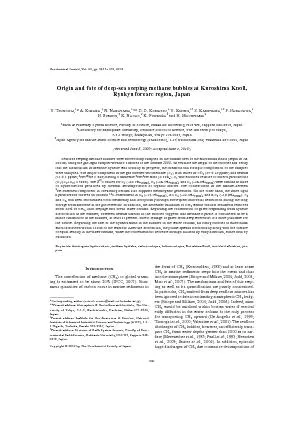
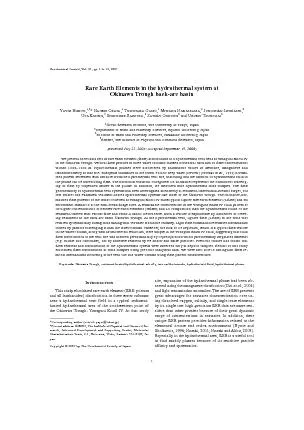
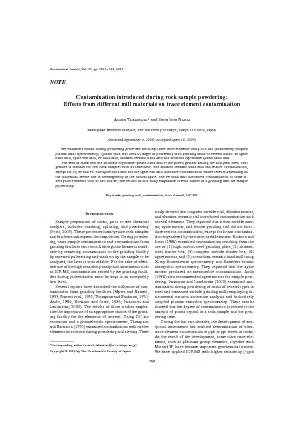
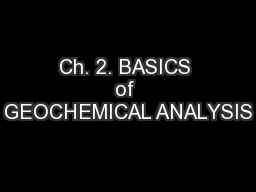
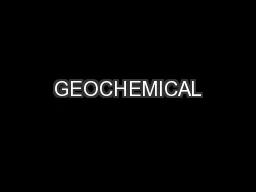
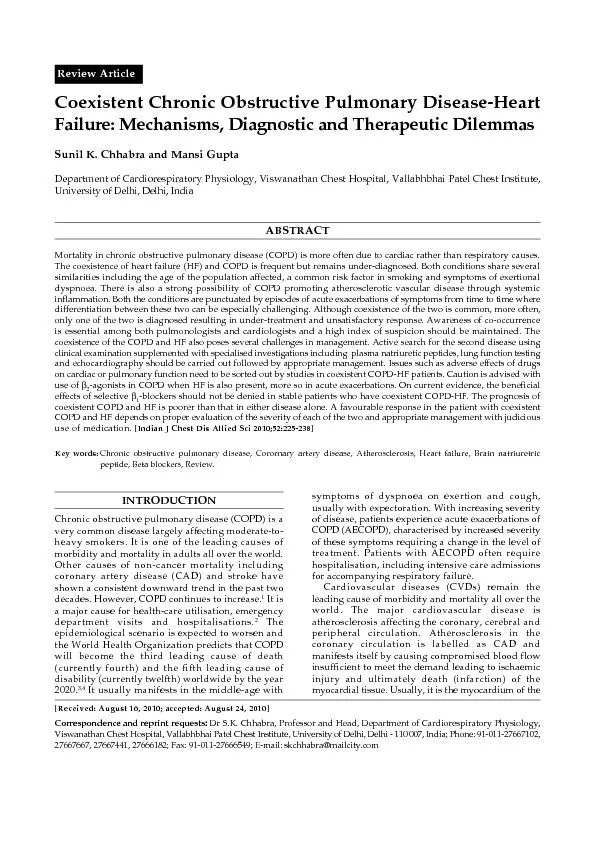
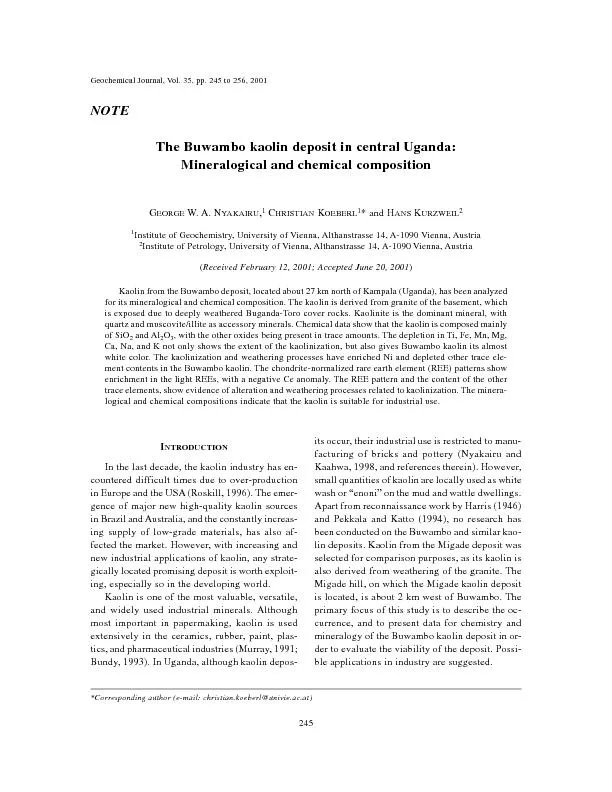
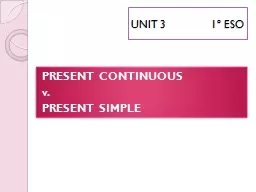

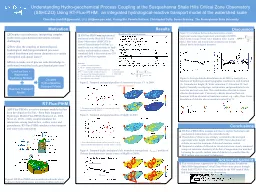
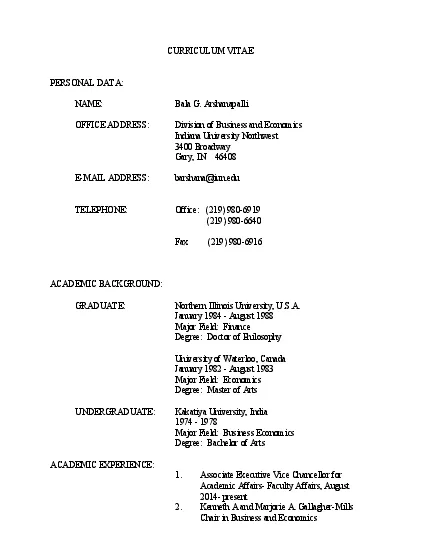


![[PDF]-Password Logbook: A Premium Journal An Internet Address and Password Journal:Flower](https://thumbs.docslides.com/987262/pdf-password-logbook-a-premium-journal-an-internet-address-and-password-journal-flower-orange-password-journal-notebook-internet-password-logbook-internet-address-logbook.jpg)